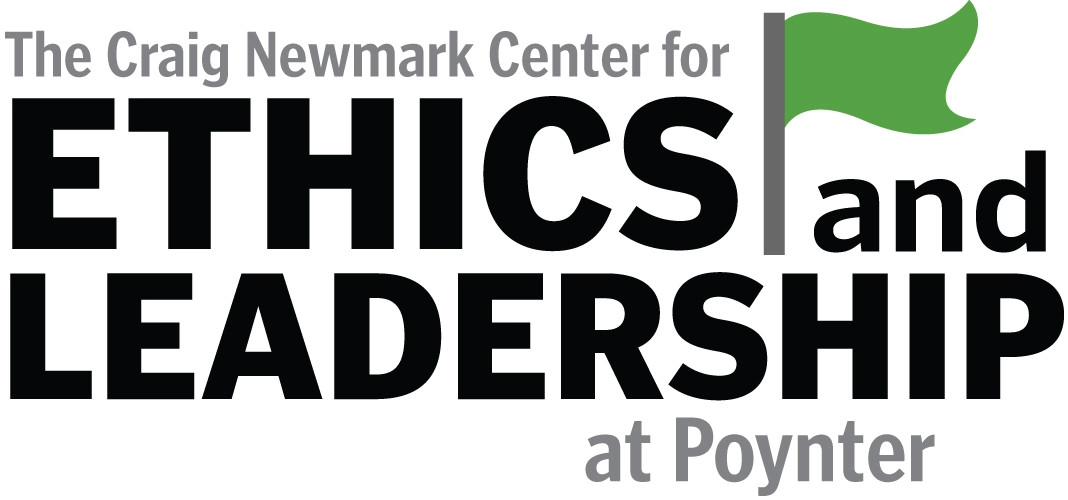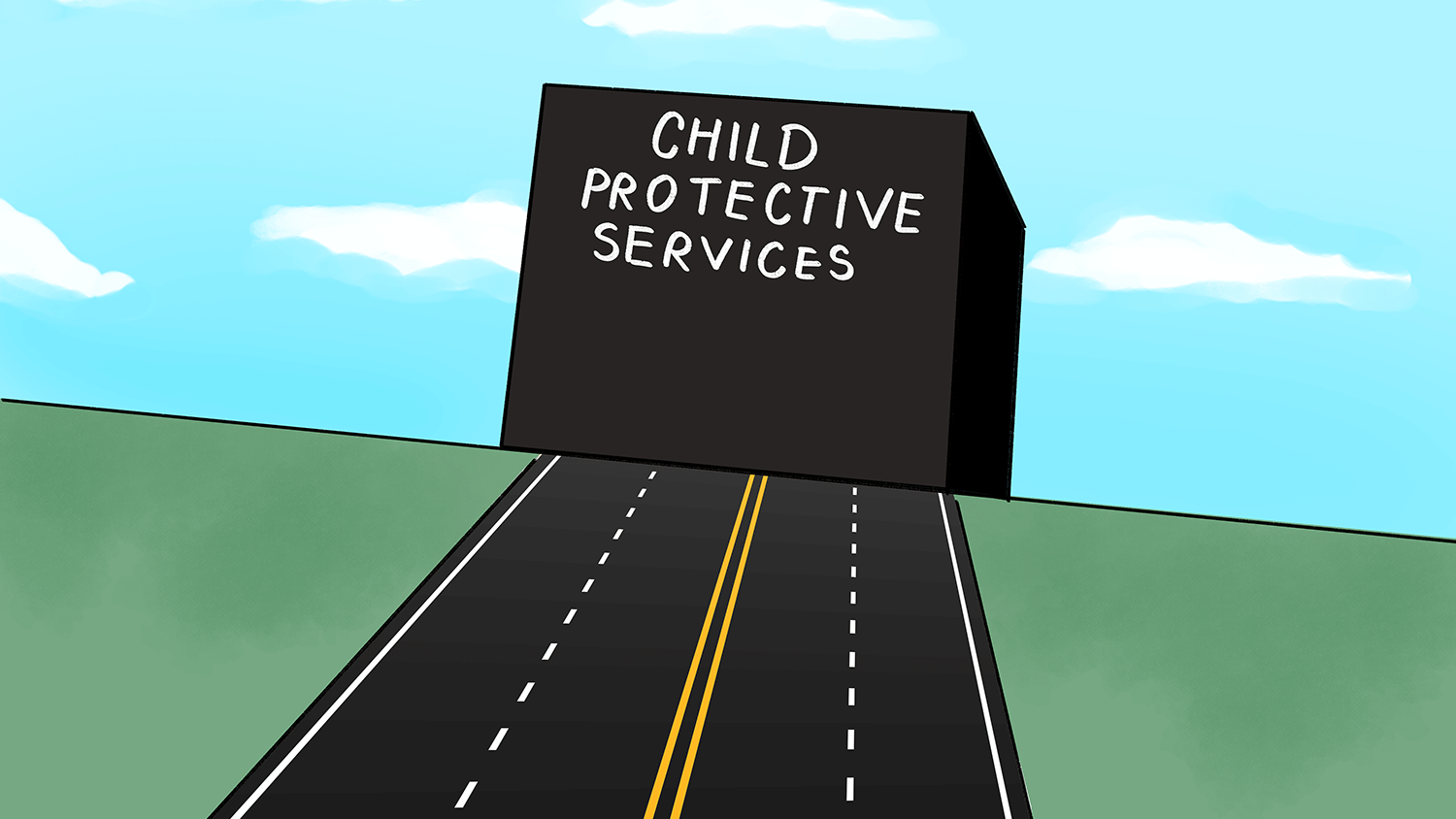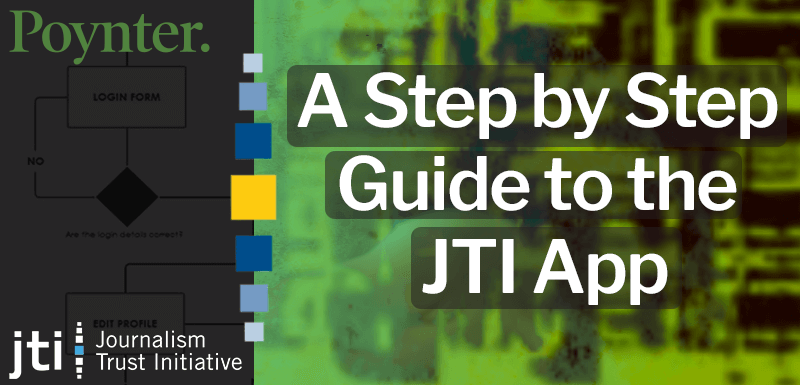Why is there a disconnect between what your audience wants out of crime reporting and what your newsroom traditionally delivers?
News consumers want information about crime trends, personal security and system accountability.
Newsrooms devote their resources to covering breaking news about violence.
This results in an information gap that leads to a frustrated and misinformed public, amplifies inaccurate narratives and harms the communities most affected by crime.
Transforming Local Crime Reporting Into Public Safety Journalism was pioneered by Poynter and cited by the AP Stylebook as a major influence in its new chapter on how journalists should cover crime.
Now in its fourth year, this change management program has led more than 500 journalists in over 80 newsrooms to evolve their traditional reporting on crimes, safety and criminal justice.
With this training, your newsroom can be at the forefront of this wave of journalistic change as news leaders begin to truly synthesize the harm that can come from outdated ways of producing “if it bleeds, it leads” news.
Over the course of this six-month program, we’ll introduce a series of change management tools that will guide newsrooms as they transform their coverage, step by step. Every newsroom’s solution will be unique to the communities they serve.
Best of all, we’ll show you how clickbait crime stories are a bigger drain on resources than you realize, and how these modifications to your storytelling can lead to greater revenue and audience trust.
We’ll start by identifying the journalistic purpose behind your stories about cops, courts and public safety. We’ll teach you how to analyze your own content to determine how much coverage you are currently producing and what percentage of that coverage serves your audience. After that, we focus on change management, building and implementing new policies, and strengthening your capacity to provide more meaningful reporting.
Each team will join other newsrooms facing similar challenges to form a small group cohort. Our previous participants have highly praised these sessions as practical and galvanizing ways to share problems and solutions with similar news organizations in a way that’s almost impossible in a normal day-to-day setting. You’ll meet with your cohort and your assigned coach once a month to exchange ideas as you tackle the next steps of organizational change and surmount roadblocks.
We’re proud of our history of helping all sorts of newsrooms overhaul their practices: digital start-ups, public radio, legacy newspapers, nonprofit newsrooms, and commercial television stations all have benefitted from this training.
Only U.S.-based newsrooms will be accepted into this program.
Your U.S.-based newsroom team must consist of three to six people, must include a frontline reporter or producer currently responsible for telling stories about law enforcement and crime, and must have an editor or manager with the authority to implement editorial policies. After your newsroom application is accepted, we’ll work with your team leader to make sure you assemble a team that will accomplish your goals.
After participating in this training, newsrooms will:
- Understand what information helps citizens manage their personal safety.
- Be able to report accurately on crime trends, including crime resolution rates.
- Recognize why law enforcement points journalists to certain types of crime.
- Identify how news coverage shapes public opinion, which in turn shapes public policies.
- Describe trends by demographics and zip codes evenly and equitably so that people truly understand their absolute and relative risks in different areas.
- Report more deeply on the underlying causes that contribute to crime, including economic issues, education, access to health care, affordable housing policies, and addiction and mental health treatment.
In the years we’ve been offering this training, we’ve collected writing, data and testimonials that demonstrate the power of this change management movement.
Read more about this important movement below:
- Newsrooms working to transform their crime coverage are seeing the payoffs
- Newsrooms struggle over how to cover crime | What we learned by helping 44 newsrooms reform their work
- Local newsrooms want to stop sensationalizing crime, but it’s hard | Here are the common barriers they face and how journalists surmount them.
- Better relationships with cops won’t help journalists cover crime










